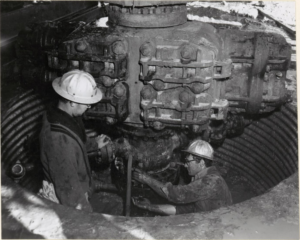
Moonie – Oil Capital of Australia
Well, did you know I live in a world famous town? Just look in the newspaper clippings back in the early nineteen sixties.
My town is only two hundred kilometers from my birthplace, St George in Queensland, Australia. My hometown of forty years is Moonie, The Oil Capital of Australia. Moonie became known as the Capital around the early sixties when the first inland oil was discovered in this area. At just four years of age, little did I know then, that twenty-two years later, I would start my married life living in Moonie. My future husband was employed at the Moonie Oil Fields in the early eighties and continued there for the next twenty plus years. Over the years, many families worked in different capacities at the Oil Fields. This was a great benefit to the township and also increased enrolments to the local Moonie School.
Quote from The Sunday Mail: August 12, 1962.
Some things never change. It’s been over sixty-one years and still the dust prevails.
Many of our visitors to the Rural Transaction Centre remember learning in school about the oil discovery in Moonie. A question often asked, “Where is the town of Moonie?”…”Oh, we thought it would be bigger! It has a big dot on the map”…to which I respond “That dot is the biggest part of Moonie.”
– Leanne, Moonie Library

Sealing an oil well, Moonie 16, Queensland, July 1963 – Trove
